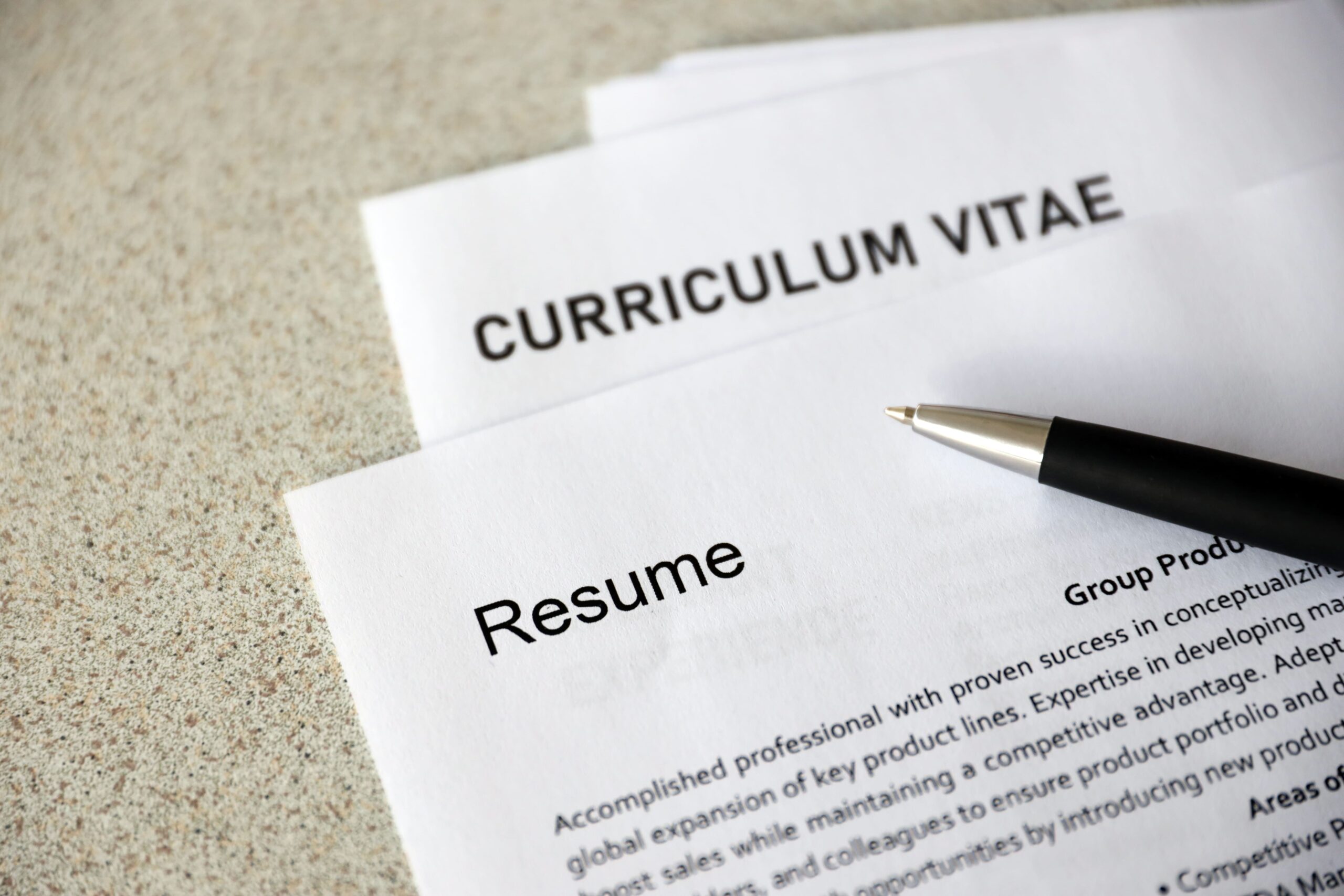March and April are traditionally a time when properties receive a Spring clean – a deeper dive into the nooks and crannies to get rid of built-up debris and dirt. Surfaces are wiped, cupboards are cleared out and dust is driven away to leave everything sparkling clean once more. However, flats, houses and offices are not the only things that can benefit from a Spring clean. If it has been a while since you last went through your CV or resume to check everything is as you want it to be, now could be the time to pay it some attention.
Giving your resume a good scrub and polish can pay huge dividends when it comes to attracting interviews and interest from employers. This is certainly true in the sales sector, where first impressions count for a lot and candidates are often judged on how they sell themselves on their CV. Here are some ways to carry out a CV Spring clean.
Printing and proofing
It may seem old-fashioned nowadays, but one top tip is to print out your CV on a piece of paper. Seeing the words in real print can often help errors jump out at you far more clearly than reading text on a screen. Grab a pen and mark any mistakes that you spot. Highlight areas that need to be updated, such as work experience, qualifications or career highlights.
Check especially carefully for typos and grammatical mistakes. Even if you are aiming for a sales role that mainly involves visiting people or making phone calls, there will come a time when you will need to write emails or send over quotation documents. If you cannot get the spelling right on your CV, potential employers will find it harder to trust that you will be able to do so in emails to customers. Double-check dates, addresses, and company names.
You can, of course, run the spell-check function on your computer or smart device, but going through everything manually first will help you catch any mistyped words that might not be caught by AI – writing ‘form’ instead of ‘from’, for example, or ‘quite’ instead of ‘quote’. If you are unsure about any points of grammar, look them up online.

Formatting and finesse
Next, look at how the CV is laid out. If you use bullet points, are they all aligned correctly? Is any numbering that you are using consistent, or have you missed any out? Can you read the font, or does it need to be made bigger to avoid people having to peer at it to see what you have written (not a good look)? Have you used bold or underline features effectively? Perhaps you have missed something out that should be in there, or included something that is no longer relevant and is now just taking up space…
Now, go back to the beginning and read through each point slowly. Does it need to be there, is the wording correct, or can you reword or cut anything out? Often, less is more, especially when sales recruiters have hundreds of CVs to read through and cannot spare time to read lots of waffle.
Check that the language you are using is clear, jargon-free and representative of your own tone of voice. Avoid pompous-sounding expressions that would be more at home on an episode of The Apprentice than your CV. Aim to be as honest and straightforward as you can. Of course, you will want to present your achievements in the best possible light, but sales recruiters have long learned how to see through unwarranted delusions of grandeur.
Detailing – and deleting
Give your resume the equivalent of a new coat of paint by updating any details that help you sell yourself, such as sales figures achieved, awards or accolades won, training completed and targets smashed. Add dates to each of these to show that your successes are both recent and ongoing. In the same vein, consider deleting older details that may no longer be relevant, or that have been surpassed by more recent triumphs.
If you have taken on new projects, add these in, but be mindful of how long your CV ends up being. Ideally, it should fit onto one or two pages of A4 – certainly no more than three. No, making the font smaller to fit more on the page is not a good tactic – keeping everything large enough for people to read without squinting at the page is vital, as already mentioned above. Finally, ask someone else to read your CV through after you are happy with it. A fresh pair of eyes can often spot where the last few cobwebs and coffee stains are hiding.

